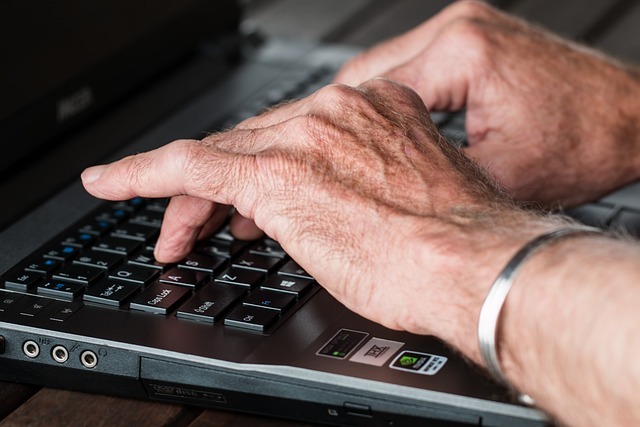
Workout Injuries: 10 Minute Routines to Prevent Them!
Athletes and Weekend Warriors: 10 Minute Routines to Prevent Workout Injuries and Improve Performance!
Are you a competitive athlete or weekend warrior?
If so, you know first hand that there’s nothing more frustrating than an injury to derail all of your training and hard work. As physical therapists, we typically see people after they’ve already been injured. While some injuries are unavoidable. There are some things we can do that are quick, easy and within our control to reduce injury risk.
Simple Warm-Up and Cool-Down Routines Help Prevent Workout Injuries
Be honest. Do you warm up before exercise? Do you stretch after a workout?
Every athlete knows that the real game begins before stepping onto the field and doesn’t end with the final whistle. Your pre-game warm-up and post-game cool-down are crucial in preventing sports injuries and ensuring effective recovery. Let’s walk through quick and easy routines to keep you playing at your best.
Dynamic Warm-Up (total time: 10 minutes)
A dynamic warm-up raises your body temperature, activates your muscles, and prepares your body for the demands of physical activity. Here’s a quick routine to get you game-ready:
- Jogging or Brisk Walking (3 minutes): Start with light jogging or brisk walking to increase heart rate and blood flow gently.
- High Knees (2 minutes): While standing, lift your knees high, one at a time, as if running in place.
- Butt Kicks (2 minutes): Jog in place, kicking your heels up towards your glutes.
- Lunges with a Twist (2 minutes): Step forward into a lunge and rotate your upper body towards the lunging leg. Alternate legs to engage legs, hips, and core.
- Mountain Climbers (1 minute): Get into a plank position and then alternate bringing each knee towards your chest in a controlled, rapid motion. This exercise is excellent for activating your core, shoulders, and legs.
Cool Down (total time = 10 minutes)
Cooling down after your activity helps your body transition to a resting state, reduces muscle soreness, and aids in recovery. Exercise creates muscle tension. If you don’t stretch after exercise, your muscles stay tense. Over time the repetitive strain and loading makes your muscles tense and puts you at a greater risk for soft tissue injuries like hamstring pulls and achilles strains.
- Hamstring Stretch (2 minutes): Sit with both legs extended in front of you. Lean forward at the hips, reaching toward your toes. Hold for a comfortable duration, then release and repeat. For a more focused stretch, perform it one leg at a time.
- Quadriceps Stretch (2 minutes): While standing, bend one leg back, holding your ankle to stretch the front of your thigh. Keep your knees close and your back straight. Hold the stretch, then switch legs.
- Calf Stretch (2 minutes): Step one foot back, straightening the leg with the heel pressed to the ground. Bend the front knee slightly and lean forward until you feel the stretch in the calf of the back leg. Hold, then switch legs.
- Glute and Piriformis Stretch (2 minutes): While seated, cross one leg over the other so that the ankle rests on the opposite knee. Lean forward, maintaining a straight back, to stretch the glutes and piriformis. Hold, then switch legs.
- Lumbar Rotation Stretch (2 minutes): Lie on your back with your knees bent and feet flat on the floor. Keeping your shoulders on the ground, gently roll both knees to one side, holding the stretch for a comfortable duration. Return to the center and then roll to the opposite side.
Each stretch should be held for at least 30 seconds up to 1 minute for a total of 10 minutes. This routine covers major muscle groups like the hamstrings, quadriceps, calves, glutes, and piriformis, along with the lumbar region, promoting flexibility, reducing muscle tension, and aiding recovery after exercise.
Would you like to learn more about preventing workout injuries and improving your workout routines? Our dedicated team at Physical Therapy & Sports Rehabilitation is here to guide you every step of the way. Book your appointment now and embark on your journey to a more vibrant, pain-free life!






